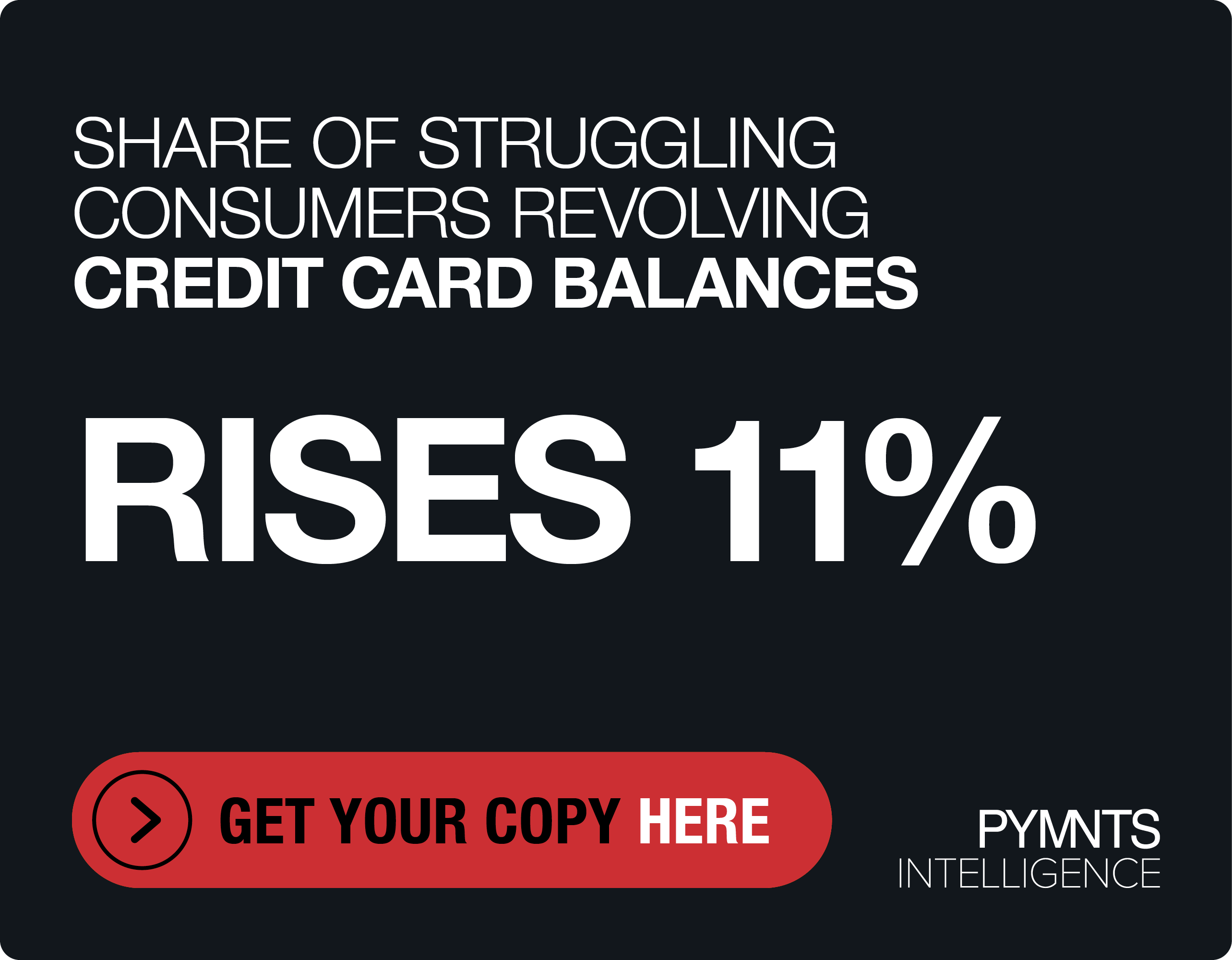Citi Study: 44% of Participants Think Equities Timeframe Will Be T+1 in 5 Years

A new Citi study shows that 44% of participants think the settlement timeframe for equities will likely be T+1 in the next five years, according to a press release emailed to PYMNTS.
In addition, the study found that the pandemic has caused new challenges, including managing through periods of great volatility, the release stated. That, along with the way the efficiency and digitization initiatives have been speeding up, has created an environment in which market participants are looking at how the settlement process could be changed to cut down on risk.
“Through extensive dialogue with our partners and clients, it is clear that there is an increased need in the industry to strengthen resilience, reduce risk and costs; and enhance efficiencies,” said Citi Global Head of Securities Services Okan Pekin in the release. “This paper not only highlights the benefits and challenges for a shortened settlement cycle but also the associated emerging technologies and digitization efforts underway across the industry.”
Participants in the study included 15 financial market infrastructures (FMIs) and 400 market participants, like banks and asst managers. The two groups have been at odds on several points, according to the release. FMIs see the benefits of reducing settlement cycles as risk reduction, letting lower margin requirements and capital release happen. But market participants have said they think greater efficiency in investment and trading is more important.
The study also found that the biggest challenge in getting shortened cycles, according to FMIs, is business process efficiency and alignment, the release stated. Market participants didn’t see that as a major factor; most of them saw cash, funding and liquidity management as the biggest obstacles to overcome.
In other news, the U.S. Treasury’s Bureau of the Fiscal Service has predicted almost all of its payments will be happening electronically by 2030.
Read more: US Treasury Pledges 99% Electronic Payments by 2030
The bureau also wants to make sure paper collections are more digitized and that there’s a 25% reduction in the paper volume through the bureau’s General Lockbox Network by 2024. And the bureau also wants to put out a new electronic tax collection system for a “modern, seamless” customer experience by 2024.
